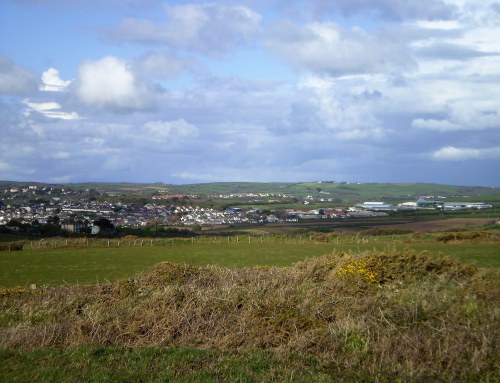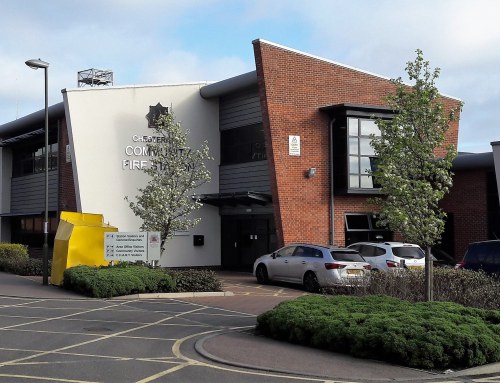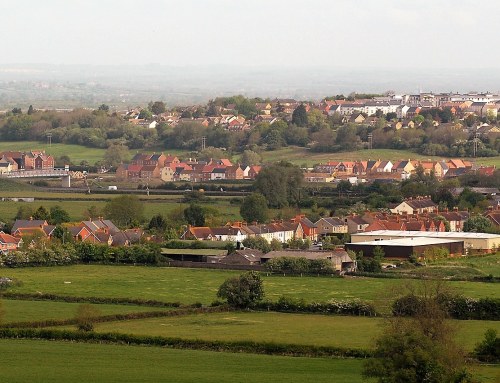Project Description
Client: BAC O’Connor
Location: Newcastle-under-Lyme
Local Authority: Newcastle-under-Lyme Borough Council
Sector: Charity
Project Status: Planning Granted
DPDS were appointed by BAC O’Connor, a community drug and alcohol abuse rehabilitation charity service to advise on development options and subsequently obtain outline planning permission for residential development on a site surplus to their requirements within Newcastle under Lyme.
The 0.8ha site comprised two empty buildings, one dating from the 1960’s and a Victorian era lodge. Whilst not listed, the Lodge represents an important building in the locality and its location on the site frontage means it makes an important contribution to the local street scene.
Work was undertaken in 3 key stages; baseline assessment, site development options and planning application submission including:
- Initial site surveys to determine the opportunities and constraints to the development of the site including topographical survey, urban design appraisal, ecological survey, tree survey and site access appraisal.
- Development of site layout options which resulted in the agreement of a scheme for the demolition of the 1960’s building, the conversion of the Lodge to 4 flats and the construction of up to 20 dwellings across the remainder of the site.
- Submission of a hybrid planning application which was supported by a Planning Supporting Statement, illustrative site masterplan, Draft S106 Heads of Terms, Transport Statement, Travel Plan, Tree Survey and Phase 1 Ecology Survey.
- The submitted scheme sought to retain the majority of the existing trees on the site and required careful consideration to address site topography issues and to ensure that there were no adverse impacts on surrounding properties.
- The illustrative masterplan also incorporated a site wide sustainable drainage scheme.
- The scheme sought to provide a mix of flats, terraced, semi-detached and detached houses with 25% of the dwellings affordable.
- Negotiations with the Local Planning Authority ensured that site development could be maximised through an agreement to provide a financial contribution to off-site open space rather than include on site provision. We were also able to successfully rebut requests for an onerous bridge to span the watercourse which separated the northern site boundary from neighbouring parkland, by demonstrating lack of need, viability and safety and security issues.
The site was granted planning permission in line with the Case Officer’s recommendation and following the signing of the Section 106 Agreement was promptly sold.
DPDS Involvement
- Preparation of site masterplan;
- Preparation of planning application and accompanying planning documents;
- S106 negotiations;
- Attending meetings with LPA;
- Representing client and speaking on their behalf at Planning Committees; and
- Management of technical project team.







